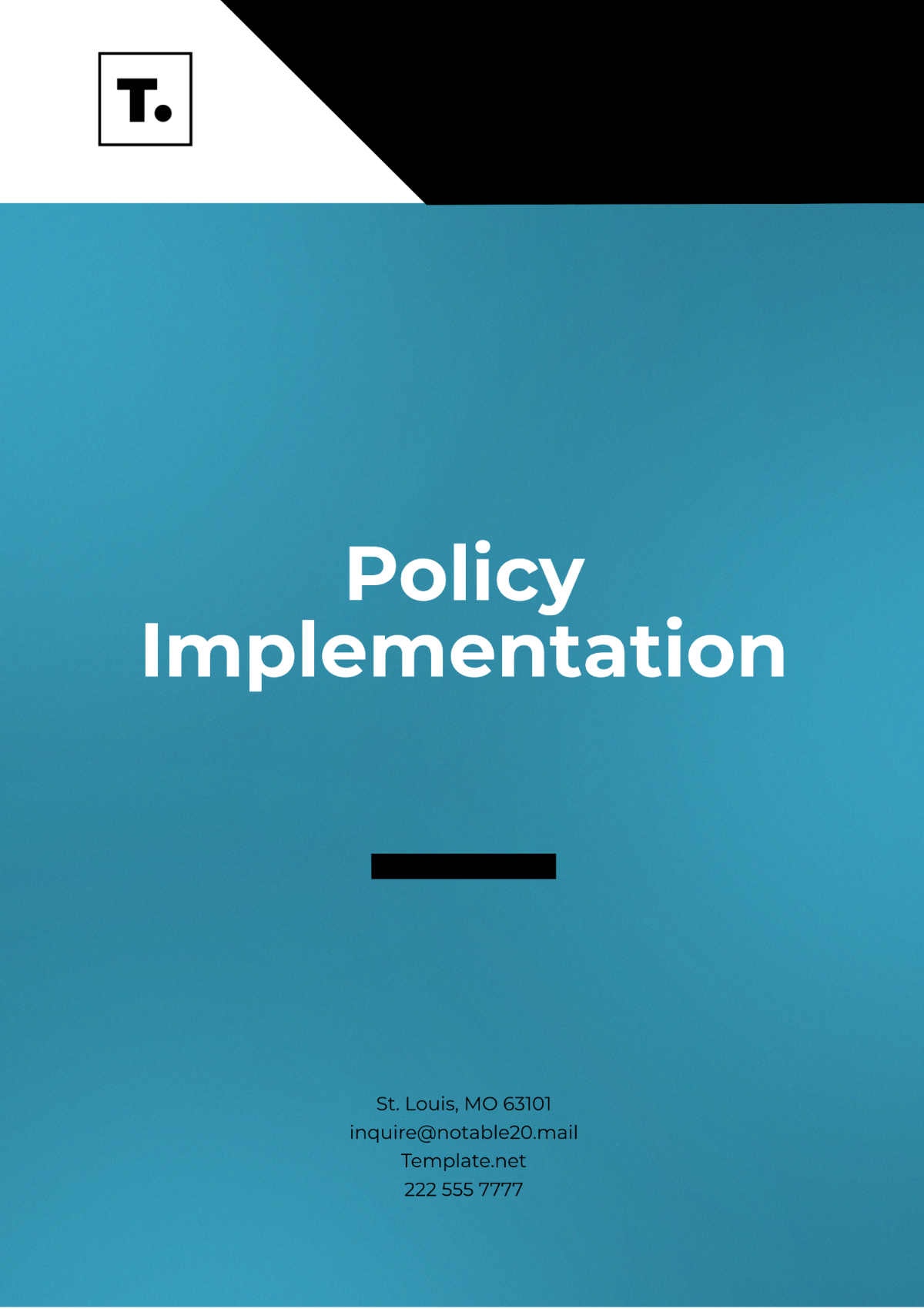Global Warming Mitigation Policy
OVERVIEW:
The Global Warming Mitigation Policy presents a comprehensive strategy aimed at combating the adverse effects of global warming by harnessing the potential of nature-based solutions. Through proactive measures and strategic interventions, this policy seeks to mitigate greenhouse gas emissions and enhance carbon sequestration to achieve sustainable environmental outcomes.
PURPOSE:
The purpose of this policy is to:
Reduce greenhouse gas emissions through the implementation of nature-based solutions that leverage the inherent capacity of ecosystems to sequester carbon.
Promote the preservation, conservation, and restoration of natural habitats to enhance resilience to climate change and safeguard biodiversity.
Foster sustainable development practices that integrate nature conservation principles into economic activities and land management strategies.
Facilitate international cooperation and collaboration to address global warming through nature-centric approaches, ensuring collective action and shared responsibility.
SCOPE:
This policy applies to all relevant stakeholders, including government agencies, private sector entities, non-governmental organizations, and local communities. It encompasses various sectors such as forestry, agriculture, energy, transportation, and urban planning, with a focus on integrating nature-based solutions into climate mitigation efforts.
RESPONSIBILITY:
Government Agencies: Lead the development and implementation of mitigation strategies, enact policies and regulations, and provide oversight and coordination of nature-based initiatives.
Private Sector: Invest in and adopt sustainable practices, technologies, and business models that reduce carbon emissions and promote nature conservation.
Non-Governmental Organizations: Advocate for nature-centric approaches to climate mitigation, mobilize resources, and support community-based conservation and restoration projects.
Research Institutions: Conduct scientific research, provide technical expertise, and monitor the effectiveness of nature-based mitigation measures to inform policy development and decision-making.
POLICY AND PROCEDURE:
Ecosystem Conservation and Restoration:
Action: Protect and restore natural ecosystems, including forests, wetlands, mangroves, and grasslands.
Procedure: Implement reforestation and afforestation programs, establish protected areas, and rehabilitate degraded lands to enhance carbon sequestration and biodiversity conservation.
Sustainable Land Use Practices:
Action: Promote sustainable agriculture, agroforestry, and land management practices that reduce emissions and enhance carbon storage.
Procedure: Provide incentives for soil conservation, agroecological farming methods, and sustainable forest management to improve soil health and ecosystem resilience.
Renewable Energy Development:
Action: Expand renewable energy sources such as solar, wind, and hydroelectric power to reduce reliance on fossil fuels.
Procedure: Incentivize investment in renewable energy infrastructure, facilitate grid integration, and promote energy efficiency measures to mitigate emissions from the energy sector.
Green Transportation Initiatives:
Action: Promote sustainable transportation options such as public transit, cycling, and electric vehicles to reduce emissions from the transportation sector.
Procedure: Invest in public transportation infrastructure, provide incentives for zero-emission vehicles, and implement policies to reduce vehicle emissions and promote active transportation modes.
Carbon Pricing Mechanisms:
Action: Implement carbon pricing mechanisms such as carbon taxes or cap-and-trade systems to internalize the costs of carbon emissions and incentivize emission reductions.
Procedure: Establish transparent and equitable pricing mechanisms, allocate revenues to fund nature-based mitigation projects, and ensure compliance and enforcement of carbon pricing regulations.
Climate Finance and Investment:
Action: Mobilize climate finance and investment to support nature-based mitigation initiatives in developing countries and vulnerable communities.
Procedure: Facilitate access to funding mechanisms such as climate funds, green bonds, and carbon offset markets, and promote investments in nature-based projects with high co-benefits for biodiversity and sustainable development.
This policy will be periodically reviewed and updated to incorporate scientific advancements, technological innovations, and emerging best practices in nature-based mitigation. Evaluation mechanisms will be established to assess the effectiveness and impact of mitigation efforts, ensuring continuous improvement and adaptation to evolving climate challenges.

















































